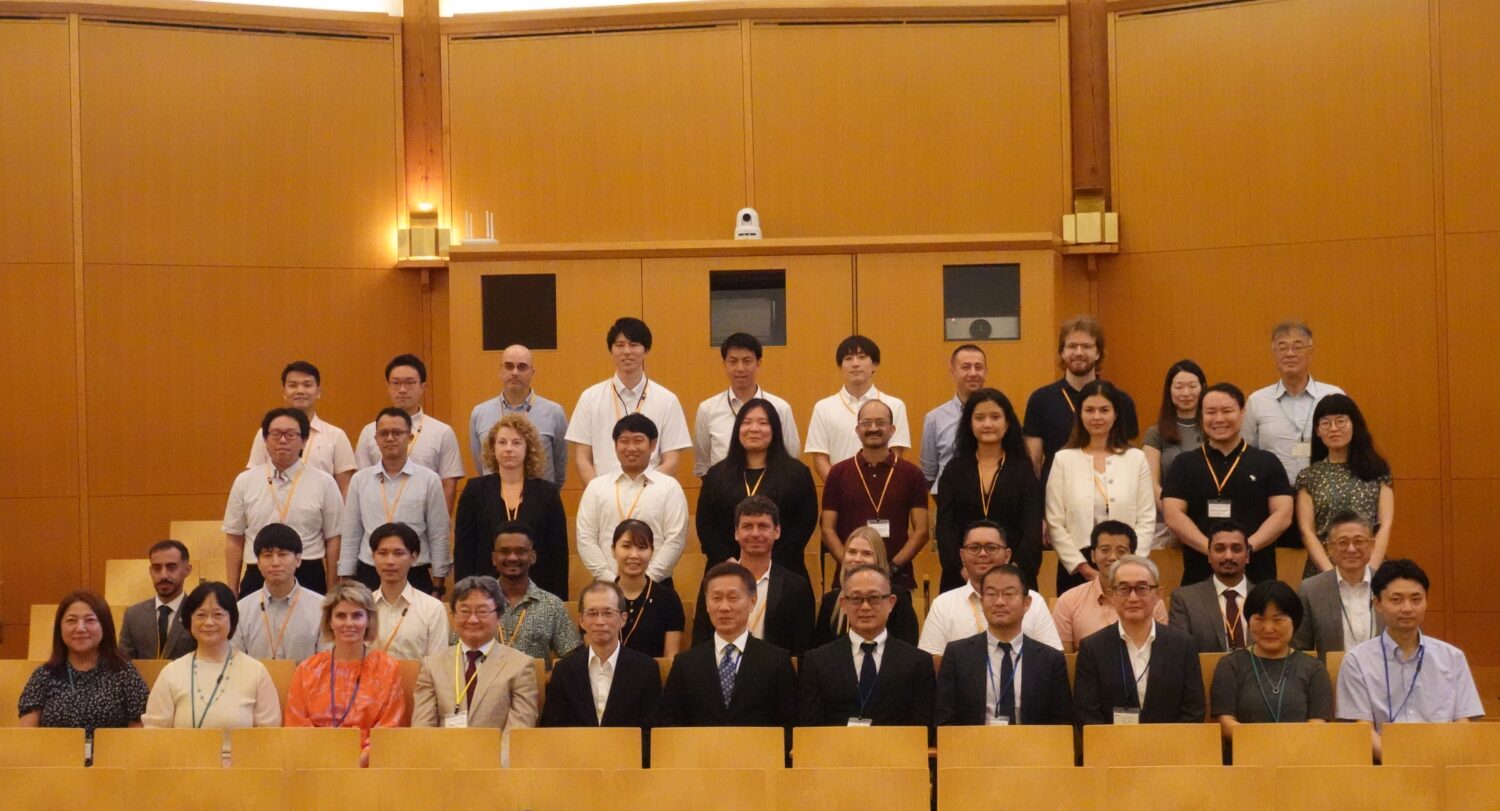The group discussed various aspects dealing with the requirements and standards for identifying scientifically promising sites, all from a geoscientific perspective, as follows: (a) the geological environment and its long-term stability, (b) the safety of buildings and operating facilities below and above ground, (c) the ability to ensure safety during the transportation of the waste, and (d) the viability of a business operated there. An interim report was drawn up at the end of last year.
When completing its report, the group also took into consideration an international peer review by the OECD/NEA in May of this year, as well as opinions and comments from relevant academic societies and other bodies.
Scientifically promising sites are defined as those highly likely to be confirmed as suitable for construction of final disposal facilities in the future. Such determination occurs in a step preliminary to the process of investigation for the selection of disposal sites based on scientific knowledge.
The group’s report this time classified various sites into three groups according to their suitability—nominally suitable, suitable, and highly suitable—giving explanations for each.
Visiting Japan in May, the OECD/NEA peer review team conducted an external evaluation of matters to be considered and appropriate steps when presenting scientifically promising sites. Its final report concluded with three points:
- The stepwise site selection process is consistent with international practices.
- The approach to ensure an informed and willing host in each step of the site selection process is consistent with international practices.
- It is important to initiate open dialogue in the early phases.
Based on that, the recent report modified the interim report of the end of last year to include detailed and clear explanations of terminology related to the classification of scientifically promising sites.
One member of the working group noted that while people across Japan are increasingly interested in scientifically promising sites, the phrase “promising site” as heard in the media might cause misunderstanding, namely, the belief that a presentation of a certain site in that fashion could directly lead to its selection as the final disposal site.
The report will be finalized after it has been opened for public comments. It should then contribute to the mapping of scientifically promising sites across Japan.










